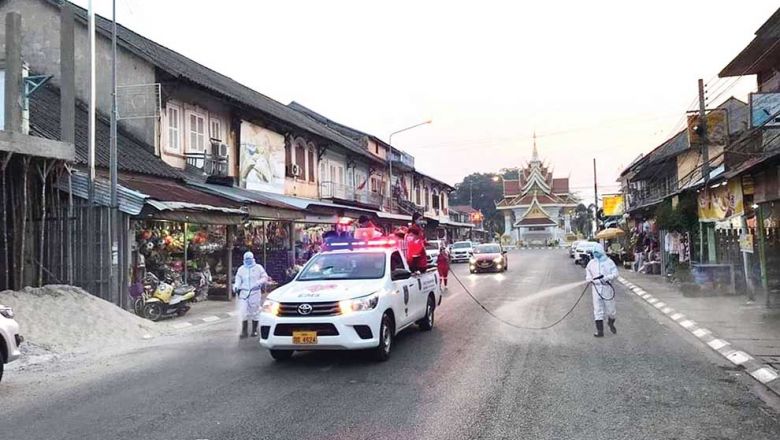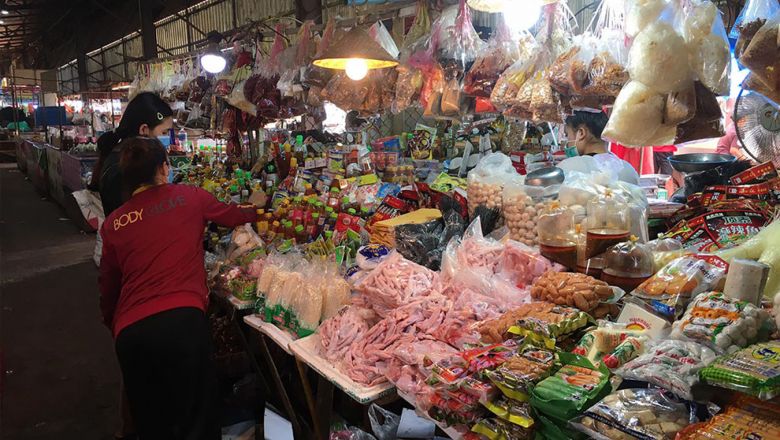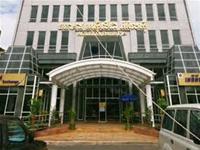Asean members seek to improve agricultural standards
Asean members seek to improve agricultural standards
The Asean grouping comprises one of the most productive agricultural baskets in the world, and produces crops both for export agriculture and local consumption.
The 4th meeting of a taskforce on Asean standards in organic agriculture and the 12th meeting of a taskforce on Asean standards for horticultural produce and other food crops is taking place in Vientiane from May 23-27 with a view to increasing the quality of agricultural products of Asean member countries and ensuring food safety in the international market.
The meeting is an important platform for sharing knowledge and exchanging information and experiences on production, regulations and market access in organic agriculture and standards for horticultural produce and food crops.
Asean has been confronted with the challenges posed by trade liberalisation, which implies that Asean needs to produce horticultural and food products that can compete with international markets, said the Director General of Laos' Agriculture Department, Mr Vilaysouk Khennavong.
The development of Asean standards for organic agriculture would be an important milestone for enabling organic agricultural trade in the international market.
Therefore, it is important to adopt and harmonise the standards of Asean member states with established international standards, he said.
The two taskforces will continue to focus on the improvement of Asean standards for organic agriculture as well as the improvement of Asean draft standards on several crops.
To support the Asean Strategic Framework on Standard Development, the Lao government gives top priority to the development of clean agriculture. Also, the government of Laos has developed standards for Good Agriculture Practice (GAP) and Organic Agriculture, and established the Lao Certification Body and Clean Agriculture Farm Models for GAP and organic agriculture.
The Asean region is home to around 600 million people while its main food markets, East Asia and South Asia, have populations of 1.6 billion people and around 1 billion people, respectively.
A large chunk of these populations form part of the growing middle class with increased buying capacity and changing preference from food staples to high-value foods whether organic or processed.
In 2012, the region produced 129 million tonnes of rice, 40 million tonnes of corn, 171 million tonnes of sugarcane, 1.44 million tonnes of soybean, and 70.34 million tonnes of cassava. Rice production this year is forecast to increase by 3 percent to 132.87 million tonnes according to the official investment promotion website of the Association of Southeast Asian Nations.
Despite being leading producers of staple crops and food, most Asean countries are yet to reach their production boundaries. Investors, leveraging on the region's balanced climate, fertile lands, and mix of lowlands and uplands, forests, rivers, and coastlines, are likely to find opportunities not just in crop and livestock production but also in managing food supply chains, agriculture infrastructure and safety, and agribusiness.
Investment spaces are expanding in terms of providing needed infrastructure to increase and climate-change-proof crop production, professionalising and systematising small-scale food processing, driving high-tech agribusiness, and other activities along the value chain.
















